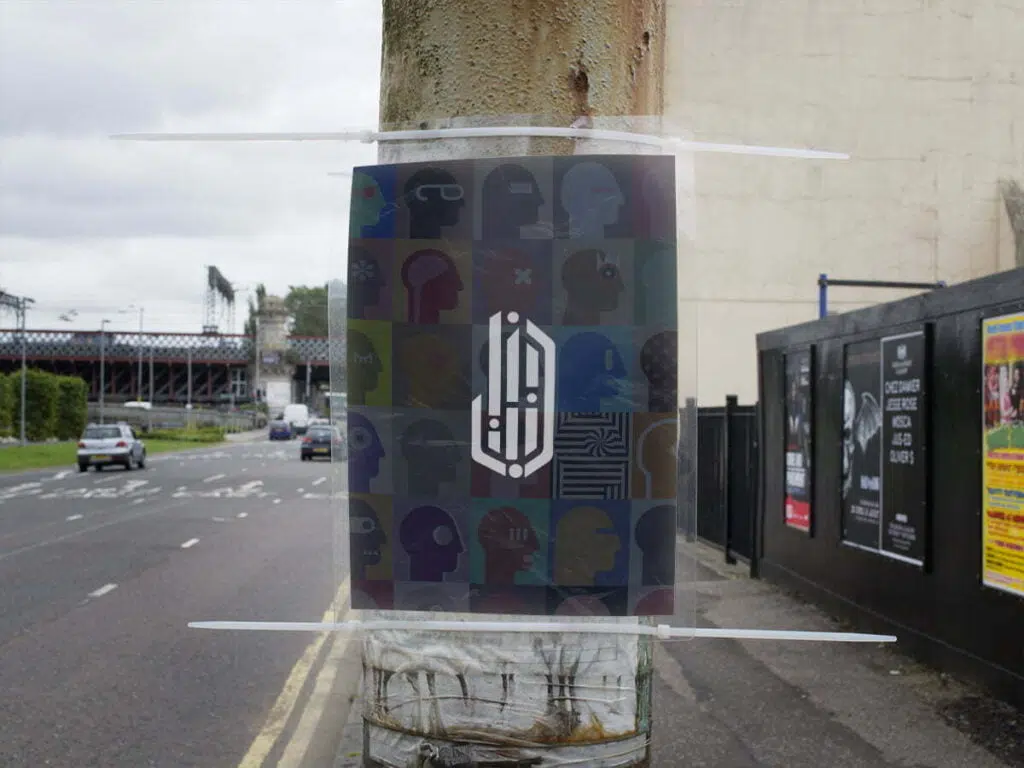“Private control of blockchain transactions through mobile applications is becoming the latest fad in the world of digital currency. The main reason why this is so is that it brings together a wide range of interests under a single platform. This means that businesses that want to make the most of the opportunities that the Internet provides can easily do so thanks to the distributed nature of the ledger system. With such a model, privacy is more easily maintained and an increasing number of users worldwide will be able to access the same information at the same time.
Users will get more control over their data and can ensure that privacy remains not just a priority, but a fundamental requirement of engagement
On a basic level, a private control system allows users to transact on the network, which only takes place with permission from the relevant participants. It also enables users to carry out a range of functions on the network such as transfers, monetary exchanges and the performance of other tasks. On the other hand, this kind of application can also be thought of as an offshoot or a [data driven] complement to another popular approach known as peer-to-peer lending. This is because both the ledger and the lending concept use the same underlying principles that underlie the entire financial system(s).
In other words, the concept works by allowing users to carry out certain functions that depend on the information stored in their mobile app [device side] itself. For instance, if one wants to transfer money, one simply needs to log in to the application and use its features for such activities as sending and receiving peer-to-peer exchange. In effect, this forms the backbone of an efficient electronic payment system that can be used anywhere and at any time.
In order to understand how such a system works, it helps to take a closer look at how blockchains themselves function. As described by Vitalik Buterin and Gregory Freund, these are “virtual ledgers” that allow users to make the most of distributed systems. These ledgers work just like conventional ledgers, with the exception that they are synchronized by a network of participants. However, unlike conventional ledgers, which have a single master ledger that is accessible to all, these blockchains feature multiple micro-economies. Each micro-economic mesh network is designed to act as a counter for the other micro-economies, ensuring that the overall effect is to provide a robust private control over the movement of value.

As we previously outlined, the real power of transactional capacity for blockchains comes from the ability for them to, when properly implemented, provide users with complete privacy. However, this is not something that can be achieved through traditional means such as VPNs or remote access programs. The real potential for private VPN services and remote access becomes obvious when we consider the possibility of allowing users themselves to make use of specialized encryption-capable smartphone functions. Mobile apps that work as entry points for such blockchains can offer then function in such a way to permit users control of complete ‘mobile autonomy’.
Apart from providing complete privacy, the ability to act in concert brings us one step closer to addressing the security and scalability issues that plague the current enterprise software and cloud-based computing environments. One of the primary motivations for enterprises to use a private cloud environment was the ability to gain control over the resources that they were using. By controlling the resource usage, managers were able to optimize the efficiency of their deployment. This concept still has legs even in today’s technological context: companies continue to utilize IT departments to implement controls on the use of storage, network bandwidth, memory and the like.
However, with the individual contributions and personal use of mobile apps, the users each themselves also get access to features that they couldn’t have had before. It allows users to take care of their applications by themselves, making it possible for them to retain control over their chosen network participation as well as virtual or real-world engagements. The function of a direct mobile app is also capable of storing data and running applications in containers so that functional privacy and security isolation is achieved. This further ensures that there is little to no risk of data loss throughout even extended networks, or as in the case where even the primary app is breached or various servers are destroyed.
Private clouds have their limitations, of course, as everyone who has used a smartphone synching with say Dropbox, Apple or Google Cloud already knows. However, as more implement this device side and mesh capable mobile app technology, the cloud based and personal encryption advantages will become clear. Users will get more control over their data and can ensure that privacy remains not just a priority but a fundamental requirement of engagement.” from the desk of AL






